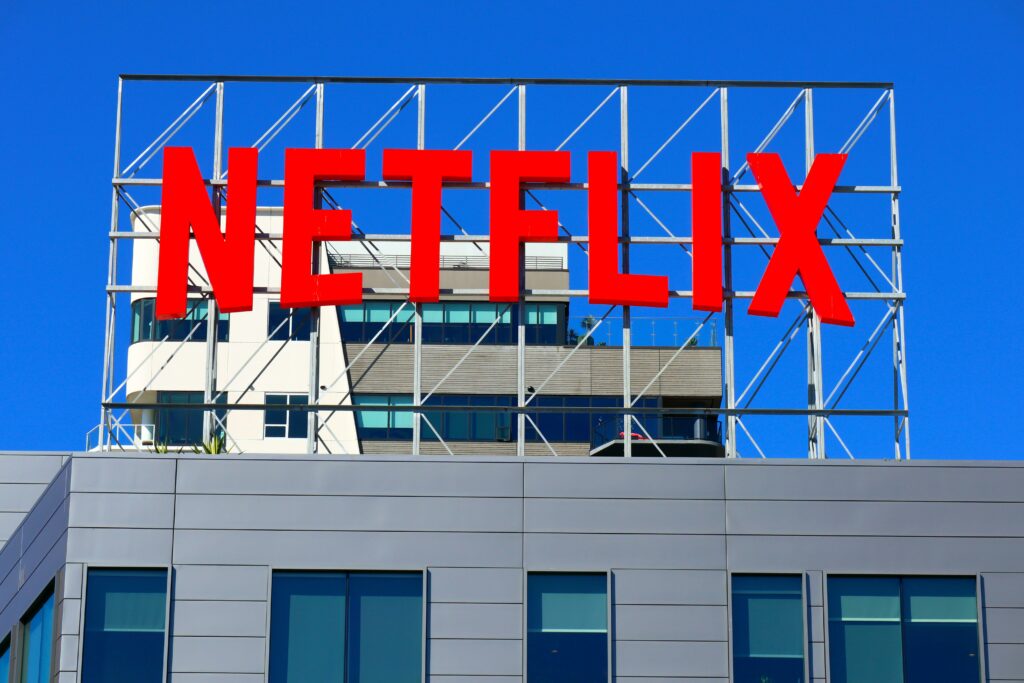
Netflix announced a significant change in its reporting strategy during its first-quarter earnings call for 2024. Starting in 2025, the company will discontinue the quarterly reporting of its subscriber numbers. This decision comes despite Netflix adding 9.33 million new paid subscribers in the first quarter alone, bringing its total to 269.60 million.
Greg Peters, Netflix co-CEO, explained that the traditional metric of multiplying the number of members by the monthly price needs to accurately reflect the current state of their business. He highlighted that Netflix’s business model has evolved to include new features like advertising and the ‘extra member’ feature, which are not directly tied to subscriber numbers. Furthermore, the company has adjusted its pricing and plans to include multiple tiers and price points across various countries. Peters stated that this change focuses on what the company views as the key metrics that truly matter to the business.
Netflix plans to provide annual revenue guidance and operating income margin. For 2024, Netflix expects revenue growth of 13% to 15% and an operating margin of 25%, an increase from its previous forecast of 24%. Peters also mentioned that while Netflix will no longer regularly report subscriber numbers, it will announce significant milestones in subscriber growth when they occur.
Co-CEO Ted Sarandos emphasized that Netflix is now focusing on engagement as the primary indicator of member satisfaction, which he believes is a leading indicator for retention and acquisition over time. According to Sarandos, higher engagement leads to increased revenue and profit, which are the company’s ultimate goals.
The Take
Netflix’s decision to stop disclosing quarterly subscriber and Average Revenue per Member (ARM) numbers marks a strategic pivot from a high-growth, low-profit model towards a more mature phase of slower growth but higher profitability. Analysts view this shift as a natural progression for the company as it balances global content creation costs and seeks to boost profitability.
The market’s reaction was initially negative, with Netflix shares dropping 12% following the announcement. Investors are concerned that the lack of transparency in subscriber numbers might indicate a slowdown in growth. This reaction mirrored the market’s response to Apple in 2018 when it stopped disclosing unit sales for iPhones and other products, suggesting that focusing on unit sales was becoming less relevant to the company’s strategy.
This change in reporting is consistent with trends observed in other tech companies like Meta and Apple, which have reduced disclosures as their growth has stabilized. However, it is less common in the media and entertainment sector, where companies typically break out revenues according to distribution channels. Netflix’s approach will likely lead to discussions about the implications of reporting a mix of subscription and advertising revenues without detailed visibility into each segment.
Netflix’s strategic decision to avoid frequent subscriber updates is a testament to its forward-thinking approach. By shifting focus towards a broader narrative of profitability and cash flow, the company is emphasizing the effectiveness of its evolving business model over just growth metrics. This move reflects Netflix’s confidence in its diversified revenue streams and the lessening importance of subscriber counts as a standalone metric for business health in the streaming industry. This keeps the users informed and confident in the company’s direction.